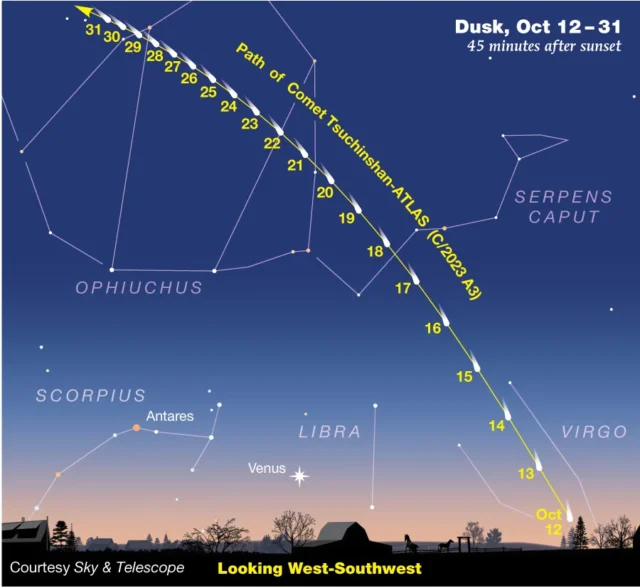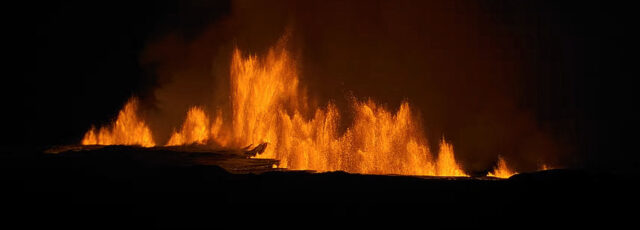From Izvestiya, Physics of the Solid Earth, July 23, 2025:
The epicenters of the August 17, 2024 earthquake and its strongest aftershocks fall in a shallow ring-shaped structure (Mt1 = 5.3), which supports the hypothesis of a preparation of a great earthquake in the South Kamchatka region. In the previous works, the correlation dependences of parameters Mt1 and Mt2 on the magnitudes Mw of large earthquakes have been constructed for the western Pacific (in the range Mw = 7.0–9.0). Using these dependencies, we estimated the magnitude of the great possible event in this region at Mw = 8.6 ± 0.2.
I.e., last week’s titanic Kamchatka earthquake had been accurately predicted about a week before it happened. However, there is a paywall; if you want to read anything beyond the abstract, it will cost you $39.95. Consequently, almost nobody saw this prediction.
And the bottom line: if you want to warn people about an impending disaster, don’t do it behind a paywall. Those paywalls are there to stop people from reading the work, and in this they are quite effective. You risk becoming a voice crying in the publishing wilderness.






















